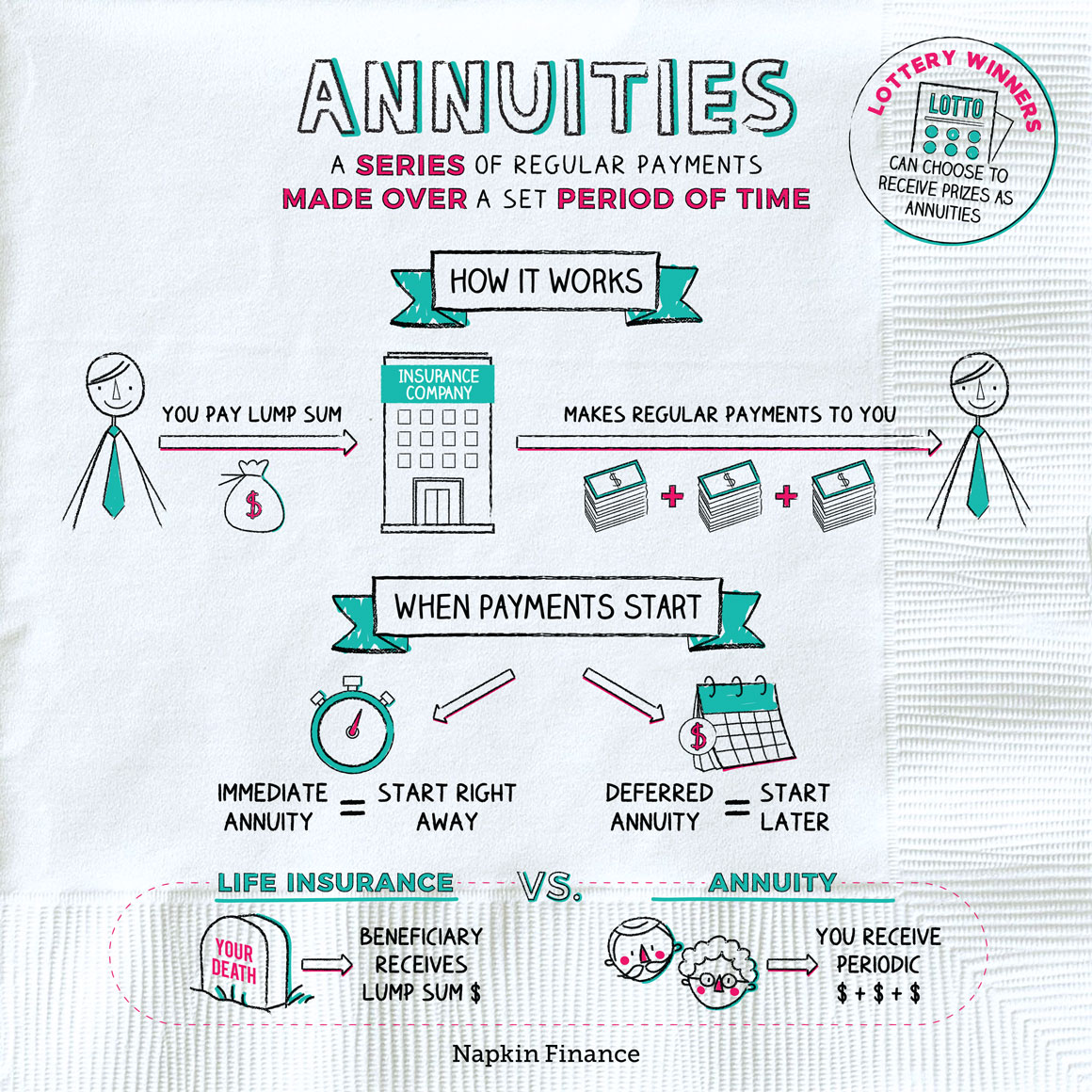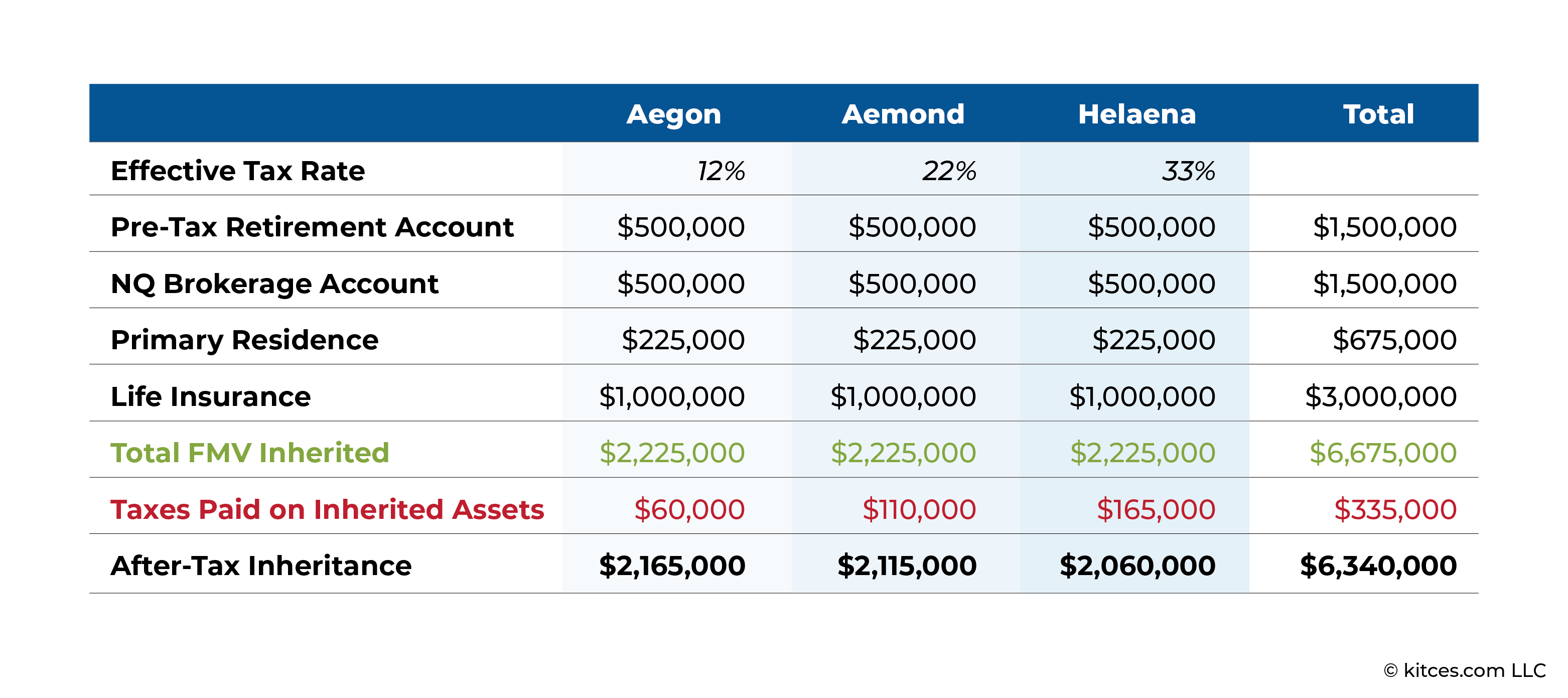All Categories
Featured
Table of Contents
This five-year basic regulation and 2 adhering to exceptions apply only when the proprietor's death causes the payout. Annuitant-driven payments are discussed listed below. The first exemption to the basic five-year rule for individual recipients is to accept the fatality advantage over a longer duration, not to exceed the expected life time of the beneficiary.
If the beneficiary chooses to take the fatality benefits in this method, the benefits are tired like any kind of other annuity repayments: partly as tax-free return of principal and partly gross income. The exclusion ratio is found by utilizing the departed contractholder's price basis and the anticipated payments based upon the recipient's life span (of shorter duration, if that is what the recipient picks).
In this technique, often called a "stretch annuity", the beneficiary takes a withdrawal annually-- the required amount of yearly's withdrawal is based on the same tables used to calculate the called for circulations from an individual retirement account. There are 2 benefits to this method. One, the account is not annuitized so the beneficiary keeps control over the cash worth in the contract.
The 2nd exception to the five-year policy is offered only to an enduring partner. If the marked recipient is the contractholder's partner, the spouse may choose to "tip right into the shoes" of the decedent. Essentially, the spouse is treated as if she or he were the proprietor of the annuity from its beginning.
What taxes are due on inherited Annuity Beneficiary
Please note this applies just if the partner is called as a "assigned recipient"; it is not available, for circumstances, if a depend on is the recipient and the partner is the trustee. The general five-year rule and the 2 exemptions only relate to owner-driven annuities, not annuitant-driven agreements. Annuitant-driven contracts will certainly pay survivor benefit when the annuitant dies.

For objectives of this conversation, assume that the annuitant and the proprietor are different - Annuity beneficiary. If the contract is annuitant-driven and the annuitant passes away, the fatality causes the death advantages and the recipient has 60 days to determine exactly how to take the fatality benefits based on the regards to the annuity contract
Note that the choice of a partner to "tip into the shoes" of the proprietor will not be offered-- that exemption uses only when the proprietor has actually died yet the proprietor didn't die in the circumstances, the annuitant did. Lastly, if the beneficiary is under age 59, the "fatality" exception to stay clear of the 10% charge will certainly not relate to a premature distribution once more, since that is offered just on the death of the contractholder (not the fatality of the annuitant).
In reality, lots of annuity firms have internal underwriting plans that reject to provide agreements that name a different proprietor and annuitant. (There might be odd scenarios in which an annuitant-driven contract fulfills a customers unique requirements, yet usually the tax negative aspects will certainly outweigh the benefits - Annuity cash value.) Jointly-owned annuities may present similar troubles-- or a minimum of they may not offer the estate preparation feature that various other jointly-held properties do
As an outcome, the fatality benefits need to be paid within 5 years of the very first proprietor's death, or subject to the two exemptions (annuitization or spousal continuance). If an annuity is held collectively in between a couple it would certainly show up that if one were to pass away, the other might simply continue ownership under the spousal continuation exemption.
Presume that the couple called their boy as recipient of their jointly-owned annuity. Upon the death of either proprietor, the company should pay the survivor benefit to the child, that is the beneficiary, not the enduring spouse and this would possibly defeat the owner's purposes. At a minimum, this instance directs out the complexity and unpredictability that jointly-held annuities present.
Annuity Interest Rates inheritance tax rules
D-Man created: Mon May 20, 2024 3:50 pm Alan S. wrote: Mon May 20, 2024 2:31 pm D-Man wrote: Mon May 20, 2024 1:36 pm Thank you. Was wishing there may be a device like setting up a recipient IRA, however appears like they is not the situation when the estate is setup as a beneficiary.

That does not recognize the kind of account holding the acquired annuity. If the annuity remained in an acquired individual retirement account annuity, you as executor should be able to appoint the inherited individual retirement account annuities out of the estate to acquired IRAs for each and every estate beneficiary. This transfer is not a taxable occasion.
Any circulations made from acquired IRAs after task are taxed to the recipient that received them at their ordinary earnings tax obligation price for the year of circulations. If the acquired annuities were not in an IRA at her fatality, then there is no means to do a direct rollover right into an inherited IRA for either the estate or the estate beneficiaries.
If that occurs, you can still pass the distribution through the estate to the private estate beneficiaries. The tax return for the estate (Form 1041) could consist of Form K-1, passing the income from the estate to the estate beneficiaries to be strained at their private tax obligation prices instead than the much greater estate earnings tax prices.
Annuity Payouts inheritance and taxes explained

: We will create a strategy that includes the best products and features, such as boosted death benefits, premium perks, and permanent life insurance.: Receive a tailored technique developed to optimize your estate's value and decrease tax obligation liabilities.: Execute the picked approach and get continuous support.: We will certainly assist you with establishing the annuities and life insurance policy policies, providing continuous guidance to guarantee the strategy continues to be effective.
Ought to the inheritance be related to as a revenue related to a decedent, then taxes might apply. Generally talking, no. With exemption to pension (such as a 401(k), 403(b), or individual retirement account), life insurance policy proceeds, and financial savings bond passion, the beneficiary normally will not have to birth any earnings tax on their acquired wide range.
The amount one can inherit from a trust without paying tax obligations depends on various aspects. Individual states may have their very own estate tax laws.

His objective is to simplify retired life planning and insurance coverage, guaranteeing that customers comprehend their choices and protect the very best coverage at irresistible rates. Shawn is the founder of The Annuity Professional, an independent online insurance policy firm servicing customers across the USA. With this platform, he and his team objective to remove the guesswork in retired life planning by helping people discover the most effective insurance policy coverage at one of the most competitive prices.
Table of Contents
Latest Posts
Breaking Down Fixed Interest Annuity Vs Variable Investment Annuity A Comprehensive Guide to Fixed Annuity Vs Equity-linked Variable Annuity Defining the Right Financial Strategy Features of Smart Inv
Analyzing Strategic Retirement Planning Key Insights on Variable Vs Fixed Annuities Breaking Down the Basics of Investment Plans Features of Variable Annuity Vs Fixed Annuity Why Choosing the Right Fi
Analyzing Indexed Annuity Vs Fixed Annuity Everything You Need to Know About Financial Strategies What Is the Best Retirement Option? Features of Smart Investment Choices Why Annuity Fixed Vs Variable
More
Latest Posts